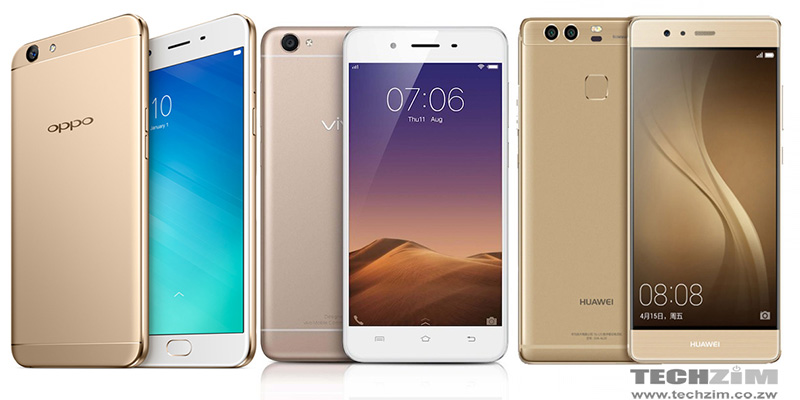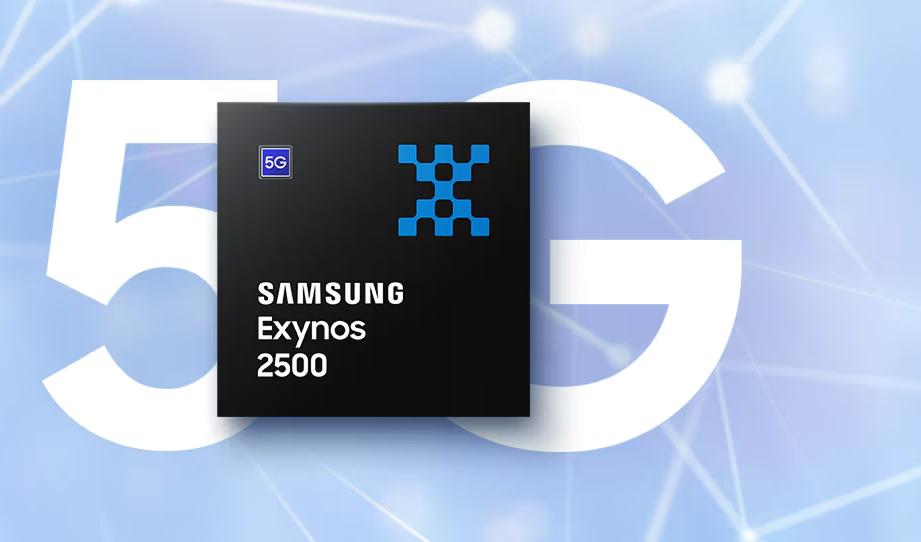Over the past few years, we have had a lot of Chinese brands pull-up their socks and start making amazing phones at a budget. Ok, maybe amazing is a bit of an over-statement but surely for the money you’re spending on these devices (think OnePlus, Xiaomi, Honor, Vivo & Realme just to name a few) it’s a bit of a steal – especially once you start comparing these to phones from the more household names such as Sony, Samsung, and Apple.
So what’s the secret sauce that makes Chinese phones much cheaper than their competition whilst still offering great and at times better value? Well, it’s a combination of factors and some of them are more obvious than others.
Cheap Labour
You don’t have to know a lot about China to know that their labourers don’t get the highest wages that side. This is the same reason why Adidas, Nike, Apple, and Intel all have large-scale operations in the country.
The labour costs are on the rise, however, and soon this may begin to be reflected in the prices of smartphones from China but thankfully there are many other factors as to why the pricing is low so there is still hope.
This is an obvious one but the cheaper it is to produce something the less expensive you can make it once it hits the shelves but the big question would then be, “even bigger companies are manufacturing in China so what gives?” Well, there are other factors apart from price…
Transport
Unlike Samsung and Apple who make millions of devices then ship them to different regions around the world, Chinese manufacturers are mostly targeting locals so they spend considerably less on transportation costs. These savings are then passed on to the customers. Some of the stuff is pretty simple but it all adds up on that final invoice…
Lower Quality Hardware
This is the one that Chinese manufacturers are most known for. Generally, the feeling is that if you buy a device (or anything really) then that thing is bound to last a few weeks or months then you’re onto the next things. Though this might be true in some cases when it comes to devices like Xiaomi, Oppo and OnePlus this is not necessarily the case. This isn’t to say the Chinese manufacturers aren’t skimping on hardware. They are just doing it in ways that are not necessarily what we expect. The general build quality of the phones coming from China has been good, bordering on excellent over the past few years. They are cutting the corners elsewhere…
Processor
So what areas exactly do they cut corners? For some, it’s the processor. You’ll notice that for a long time most Chinese phones came with MediaTek processors which are cheaper than the more popular Snapdragon processors. This has shifted slightly over the past few years as Snapdragon has diversified the processor line but MediaTek is still making a lot of the units you find in many of these budget options from the East.
RAM
Another corner manufacturers can cut is when it comes to RAM. Manufacturers can order lower quality RAM from RAM makers. RAM manufacturers sell their RAM in pieces and these pieces of RAM have to go through quality checks. So let’s say there’s a batch of RAM with 1000 pieces. The less number of failures per batch would determine the best quality RAM. A high-end manufacturer such as Samsung can demand RAM that has a failure rate of 15 out of a 1000 pieces and that would cost them more than Xiaomi who purchase RAM which has a failure rate of 36 out of 1000.
This failure rate doesn’t point to RAM that is totally dysfunctional but RAM that doesn’t fit the factory standards or specifications. The factory won’t throw these lower quality pieces away, they just look for a smaller company to buy the lower quality RAM. So Apple, Samsung and Xiaomi could all have the same RAM in their devices but all of these could be of varying quality. This is not the case for every manufacturer but it is a route taken by some manufacturers.
Marketing (Or lack thereof)
Most Chinese brands don’t market their products as aggressively as the likes of Apple and Samsung. These two major brands are marketed worldwide and you’ll be hardpressed to see a country where they are not popular but this marketing comes at a cost. In 2016, Samsung spent around $10 billion and the relatively middling LG brand also spent around a $1 billion. These are not small figures and they are also reflected in the pricing of the devices once they hit the shelves.
You’ll also see that Chinese brands like Oppo who spend a boatload of marketing on their flagships also price those flagships quite highly. Brands that don’t emphasise on this global strategy and focus more on creating hype and interest on social media and on a smaller scale have prices that reflect that.
Embracing e-commerce
Chinese manufacturers prefer to sell their phones online and that way that reduces their need to pay for storage along with the fact that they don’t have to build as many physical stores. Xiaomi has bucked this trend as they opened 500 Mi Stores in rural parts of India. This selling-online strategy translates into other aspects…
Limited Inventory
Because inventory is expensive and you need capital to keep inventory after manufacturing, Chinese manufacturers create devices in relatively small quantities and then sell them off using flash sales. Flash sales are great in two ways; they create demand for a product as users are clamouring to buy the product thinking it may run out of stock and they also allow manufacturers to continue rolling out their devices in limited quantities. It’s a win-win.
Chinese OEMs (Original Equipment Manufacturers) also use the Just-In-Time manufacturing method which allows them to save money. The JIT method allows manufacturers to make a device after an order has been placed. This way they don’t have to pay for storage in that case as the phone is being made and then delivered directly to a consumer.
Copy-paste
Patents are basically useless in China and because that’s the case not much capital is put into research and design. This is also why most popular Chinese phones tend to look like the Apple/Samsung device trending at the time. This is because the design has already been tried and tested and they just replicate that and push out their product into the market.
Because patents are not really acknowledged in China, no OEM wants to be the group investing millions into a design only for them to be ripped off by their competitor with no consequence.
Economies of scale
One of the biggest factors why Chinese manufacturers can afford to sell their devices at a “competitive” cost is because they have a huge market of consumers waiting to buy. China has a population of 1.386 billion and this means that if a manufacturer sells their phone to 0.5% of the population they will sell that device to 6.9 million consumers – which is no joke. The fact that the market is this huge has a ripple effect in that many OEMs want to compete in that market which further promotes competitive pricing…
That’s it!
These are some of the reasons why Chinese brands are coming in the market with such competitive costs, so next time before you rush to dismiss Chinese brands and products for being ‘cheap’ it might be great to understand the situation leading up to these competitive prices.
If I missed any contributor to the competitive prices don’t hesitate to get into the comments and fire away some of your opinion and knowledge on the matter.













Comments
2 responses
Well researched.
Xiaomi is a good example of flash sales and certain models are only available online… Their redmi note was the highest online selling phone in India….